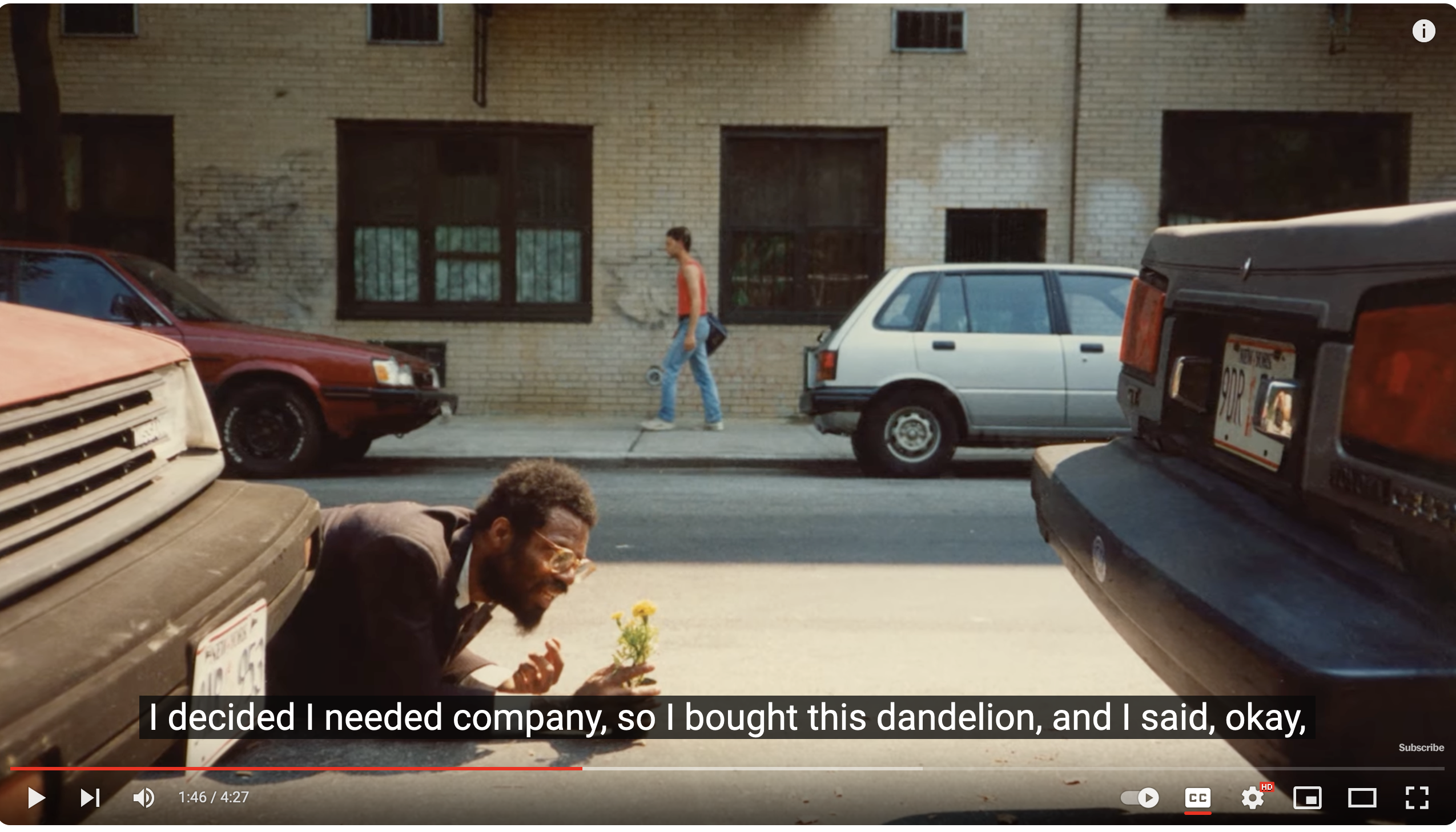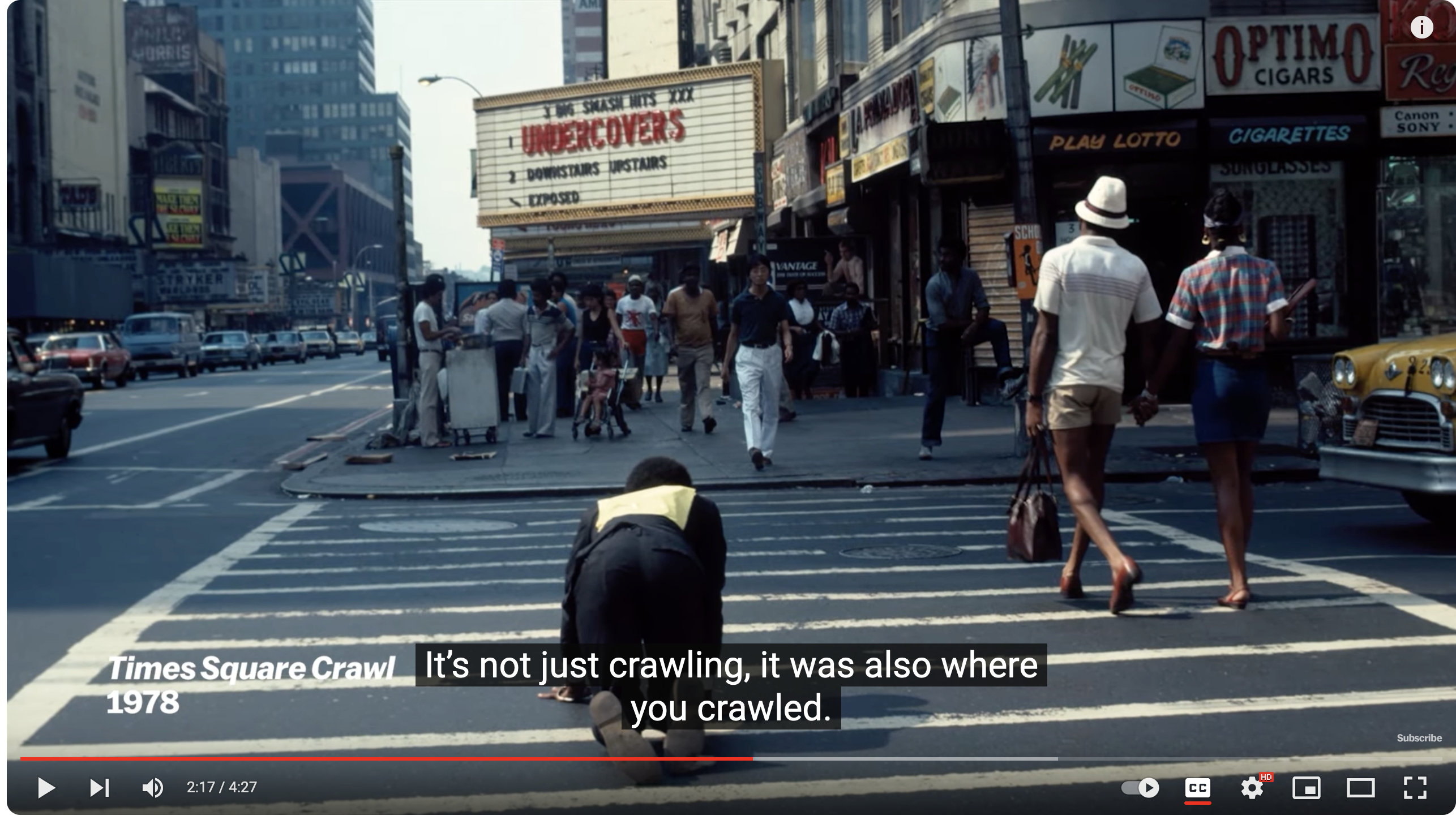Performance Art
RIP Günter Brus
This video is a little gross, but hardly much by contemporary horror cinema standards.From his Wikipedia entry:
Brus was a co-founder in 1964 of Viennese Actionism (German: Wiener Aktionismus) with Otto Muehl, Hermann Nitsch, and Rudolf Schwarzkogler. His aggressively presented actionism intentionally disregarded conventions and taboos, with the intent of shocking the viewer. At the Kunst und Revolution event at the University of Vienna in 1968, Brus urinated into a glass then proceeded to cover his body in his own excrement, and during the performance Brus also sang the Austrian National Anthem while masturbating. Brus ended the piece by drinking his own urine and inducing vomiting, and was subsequently arrested. Through this piece and his other performance works, Brus hoped to reveal the still fascist essence of the nation. This performance created a public outrage at the time and the participants were dubbed by the media as uniferkel or "University Piggies." Sentenced to 6 months in prison after the event and subsequent public reactions, he fled to Berlin with his family and returned to Austria in 1976.
Posted By: Paul - Wed Feb 14, 2024 -
Comments (0)
Category: Misbehavior, Rebellion, Acting-out and General Naughtiness, Performance Art, Outrageous Excess, Europe, Twentieth Century, Nausea, Revulsion and Disgust
Pope.L, Crawl Artist, RIP
We don't want this recent death to get lost in the end-of-the-year chaos!His obituary.


Posted By: Paul - Wed Jan 03, 2024 -
Comments (0)
Category: Urban Life, Avant Garde, Performance Art, Twentieth Century, Twenty-first Century
The First Woman to Marry a Hologram
Back in 2018 we posted about Akihiko Kondo, a Japanese man who married a hologram. His holographic wife floated inside a desktop device.Now Spanish artist Alicia Framis has announced she'll also be marrying a hologram. Her holographic partner is a life-size, three-dimensional projection powered by AI. His name is AILex.

Whereas Akihiko Kondo married a hologram because, by his own admission, he had trouble forming relationships with flesh-and-blood women, Framis is marrying a hologram as a piece of performance art which she's titled "The First Woman to Marry a Hologram."
She previously lived with a mannequin named Pierre.
More info: ElPais.com, AliciaFramis.com
Posted By: Alex - Thu Dec 07, 2023 -
Comments (0)
Category: Technology, AI, Robots and Other Automatons, Performance Art, Marriage
You do the dishes
Performance artist Brian Feldman is selling tickets to a new performance — one in which you (the attendee) is the performer.This is what you get for the $17 admission price:
Each performance is an exclusive event. Just you and Feldman.
To be fair, he promises to pay you back the admission price. So the event ends up being free. But he still gets you to wash his dishes for him!
More info: eventbrite

Posted By: Alex - Thu Aug 31, 2023 -
Comments (2)
Category: Performance Art
The Body/Hair Paintings of Xie Rong
The artist's home page.
Posted By: Paul - Wed Apr 26, 2023 -
Comments (2)
Category: Art, Performance Art, Ineptness, Crudity, Talentlessness, Kitsch, and Bad Art, Sticky, Messy, Sloppy, Drippy, Treacly Things, Asia
Oh Great, Now What?
Artists Paul Velick and Francis Shishim joined forces in 1975 to create the personae of "Bob & Bob." As Bob & Bob they engaged in performances such as the following:Text from Source book of California performance art.
I'm surprised the restaurants only threw them out. I figured an expensive restaurant would report you to the police, at the very least.

image source: BobandBob.net
Posted By: Alex - Thu Mar 30, 2023 -
Comments (2)
Category: Restaurants, Performance Art, 1970s
The Aquamen
The Aquamen are part of Machtiern, a French theater company. They wander around in public wearing fishbowl helmets, with live fish swimming around inside the helmets.Details from the Telegraph:
But wearing a fishbowl is not for the faint-hearted, Mr Manini told the Telegraph.
"It's a bit like wearing a reverse diving bell," he said, adding that it took years to perfect to avoid leaks around the neck with each bowl and suit moulded to the individual performer.


Posted By: Alex - Tue Nov 08, 2022 -
Comments (3)
Category: Performance Art, Fish, Headgear
The Trampoline Performance Art of Yoann Bourgeois
His Wikipedia page.
Posted By: Paul - Thu Nov 03, 2022 -
Comments (2)
Category: Daredevils, Stuntpeople and Thrillseekers, Music, Clumsiness and Grace, Performance Art, Gymnastics
The Pain Performances of Gina Pane
French artist Gina Pane conducted "pain performances" that involved (as wikipedia puts it) "extreme self-inflicted injury." Some info from an article by Pawel Leszkowicz:Some of her pain performances:
Non-Anaethestized Climb (1971): Barefoot, she climbed up and down a ladder-like structure whose rungs were studded with sharp metallic shards. She did this until she was bleeding profusely.

Food/TV News/Fire (1971): While watching news footage of the Vietnam War, with a bright light shining in her eyes, she ate raw ground beef, and later threw it up.

Sentimental Action (1973): Dressed in white, she entered the gallery with a bouquet of roses, removed the thorns from them, and pierced her arm with the thorns. She then began cutting herself with a razor blade, allowing the blood to drip onto the roses.

Conditioning (1973): She lay on a metal bedframe position over two rows of burning candles. She later confessed that the pain started right away and was difficult to master. The audience could see the pain she was in by the intense wringing of her hands.

More info: art moderne
Posted By: Alex - Wed Sep 07, 2022 -
Comments (2)
Category: Performance Art, 1970s, Pain, Self-inflicted and Otherwise
The Automatic Human Jukebox
For many years, beginning around 1972, Grimes Poznikov entertained crowds at San Francisco's Fisherman's Wharf by transforming himself into the "Automatic Human Jukebox."
source: wikipedia
Some details about him from a 1975 syndicated article by reporter Philip Hager (The Spokane Spokesman-Review - Sep 14, 1975):
For three years, he has been delighting the throngs of visitors to Fisherman's Wharf and Ghiardelli Square, popping out of a box the size of a telephone booth to offer such selections as "Sentimental Journey," "When the Saints Go Marching In," and, inevitably, "I Left My Heart in San Francisco."
But even as a minor institution in a city with a deserved reputation for unorthodoxy, Grimes Poznikov, the Automatic Human Jukebox, has found himself facing an unceremonious eviction from the streets of San Francisco.
Poznikov's problem is that he has been cited for occupying a public street without a permit, a charge he intends to fight before a jury.
In recent weeks, seeking that elusive permit, he has been turned down by the city's Public Works Department, the Recreation and Parks Department, the Art Commission and, finally, the Board of Permit Appeals.
As a streetcorner jukebox, he doesn't fit into a tidy official category.
"I'm in a gray area, somewhere between a musician and a street artist," he explained. "The Public Works Department pointed out that under their rules I wasn't a building either."
During the height of the tourist season, Poznikov almost every day erects his seven-foot-high jukebox on the corner of Beach and Larkin, using a wire cord to anchor the structure to a nearby maple tree.
Passersby are invited to make a selection from a list of tunes Poznikov has mastered and drop in a coin. ("AHJ practices no economic discrimination," a sign announces. "However, quality... will vary automatically with the quantity of coins inserted.")
In his paper Poznikov has recorded his observations of his customers during what he calls three years worth of "ongoing demonstration of mass psychotherepeutic implementation," noting such details as "... a five to 35 second raucous laughter follows most AJH actuations."
Passersby, he has written, first refer to the jukebox in "non-personified pronoun terms" ("it") then, upon his emergence horn in hand, they speak of it as a "living component" ("he").
Poznikov regards the Automatic Human Jukebox as an experimental art form, patiently explaining to a puzzled questioner, "I want to legitimize and advance the system of non-verbal communication... the people who come here can interact with the jukebox, participate in the process of making music."
According to wikipedia, he ended up dying homeless on the streets in 2005. His life inspired a short opera titled Broken Jukebox which premiered in Jan 2008 at College of Marin.
Posted By: Alex - Mon Feb 21, 2022 -
Comments (2)
Category: Eccentrics, Outsiders, Marginals, the Excluded and Low-castes, Music, Performance Art, 1970s

| Who We Are |
|---|
| Alex Boese Alex is the creator and curator of the Museum of Hoaxes. He's also the author of various weird, non-fiction, science-themed books such as Elephants on Acid and Psychedelic Apes. Paul Di Filippo Paul has been paid to put weird ideas into fictional form for over thirty years, in his career as a noted science fiction writer. He has recently begun blogging on many curious topics with three fellow writers at The Inferior 4+1. Contact Us |




